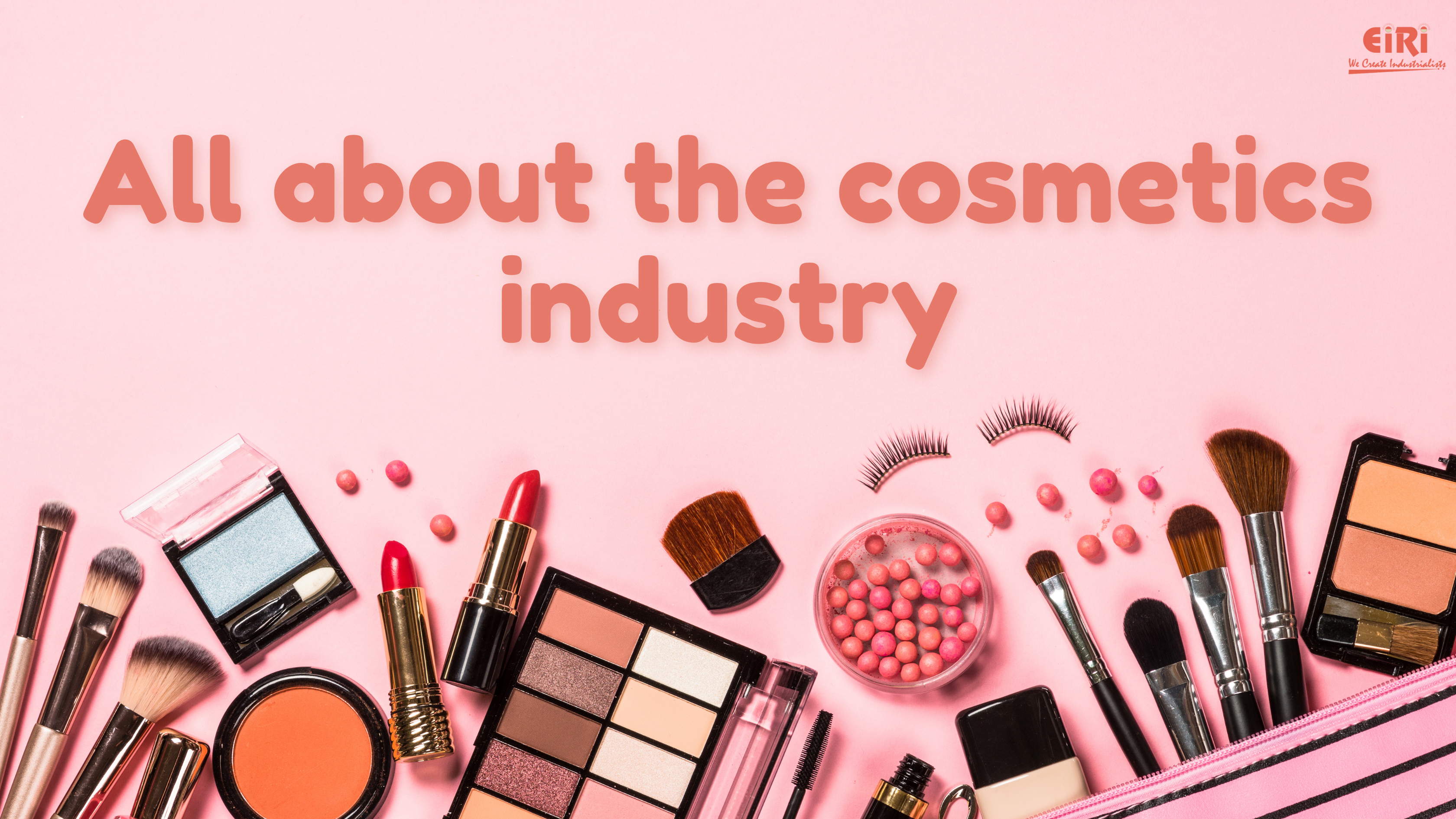Cosmetics Industry in a Nutshell; Overview, Forecast, Applications, Market Segmentation
A significant component of the consumer goods industry, the cosmetics industry consolidates a host of offerings from lotions, perfumes, creams, oils, powders to other substances designed to be applied on the human body or any other part thereof. Its reliance on advertising distinguishes the industry to generate demand for its wide range of products, services, and suppliers in terms economic value chain that it follows in developing countries.
Market Overview
The cosmetics industry is perhaps one of the most competitive and innovative sectors in the world. To gain a global presence, many international companies have entered into the market in a multidirectional structure of supply chain. It has a large potential, and a high cost of production since it involves sophisticated R&D activities to develop new products.
It’s, however, noteworthy that the complex manufacturing process, complex product formulation, and technical projects involved in making a new product or changing existing products require substantial investment.
To that end, here’s what the cosmetics industry’s market looks like:
Global Status:
- Market Size: $380.2 billion as of 2019
- Forecasted Market Size: $463.5 by 2027
- CAGR: 5.3%
Indian Status:
- Indian Market Size: $11 billion as of 2017
- Forecasted Market Size: $20 billion by 2025
- CAGR: 4.23%
Based on the above metrics, it’s evident that the cosmetics industry offers immense opportunities for firms to scale their businesses as well as expand globally. Compared to other industries, the cosmetics industry is highly fragmented, split between many small and mid-sized firms. This paves the way for individuals and SMEs commencing their work in this industry to achieve a competitive advantage. As such, the cosmetics industry is ripe for extensive mergers and acquisitions where firms from different geographies could pool their resources to gain a significant presence in the global market.
Market Segmentation Forecast
Multi-faceted factors come into play when assessing the market drivers in the cosmetics industry owing to the disparate perspectives around product usage and irregular marketing efforts across sub-industries. Here’s how the forecasted market segmentation compares to where the market stood in 2019.
Core Cosmetics: A valuation of $90 billion was realised in 2019, which is set to increase to $118 billion by 2025 — that’s a 32% increase.
Skin Care: A valuation of $136 billion was realised in 2019, which is set to increase to $169 billion by 2025 — that’s a 24.3% increase.
Personal Care: A valuation of $226 billion was realised in 2019, which is set to increase to $268 billion by 2025 — that’s an 18.7% increase.
Fragrances: A valuation of $53 billion was realised in 2019, which is set to increase to $60 by 2025 — that’s a 13.7% increase.
Market Share and the Influence of eCommerce
As it stands, Asia Pacific holds the key to the cosmetics industry’s growth with a whopping 46% market share. This is more or less evident from the massive population that countries like India and China constitute. North America occupies the second position with a 24% market share. North America’s cosmetic industry is particularly driven by its demand for more convenient access to cosmetics as well as more advanced applications of skincare and anti-ageing cosmetics. Western Europe isn’t much far behind with an 18% share. Latin America, Eastern Europe, and Africa collectively contribute 17% to the global cosmetics industry market.
The above market shares are reflective of the influence that eCommerce has on the global cosmetics industry. Gone are the days where products could only be bought in physical stores, and even then, not all customers had easy access to them. For those who do have easy access to products, the cost of using them and buying them is another issue altogether. This is where eCommerce comes into play as a saviour as it offers consumers an alternative by enabling customers to buy cosmetics online through various channels, including high street chains, websites, and mobile apps, which can be accessed anywhere and anytime.
As it stands, eCommerce sales for cosmetics are experiencing a CAGR of 5.3% compared to -1.2% for offline sales. The trend is set to continue, especially post the COVID-19 pandemic that has fuelled the growth of digital sales channels. Therefore, those investing in this market must explore the opportunities in eCommerce channels to give them an edge over their competitors.
Wrapping Up
Cosmetics is a massive industry. It’s a multi-billion-dollar business with the ability to create thousands of jobs and contribute billions of dollars to global as well as national GDP. Therefore, it’s safe to assume that your first step in this business could very well turn the fortunes in your favour. However, you must be adept at assessing the market, something that can be taken care of through market reports.




